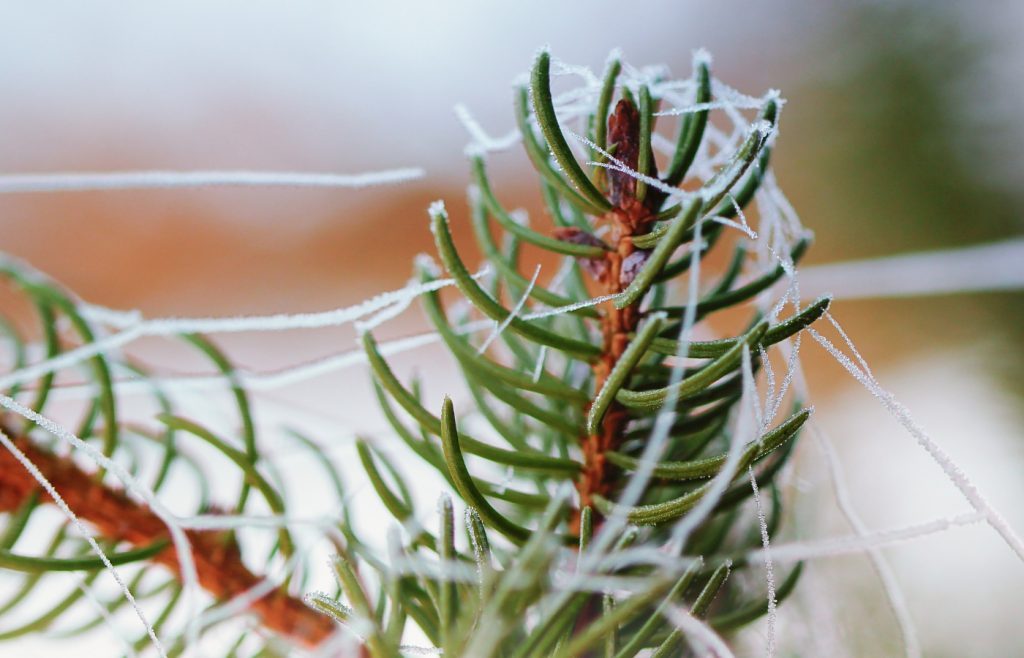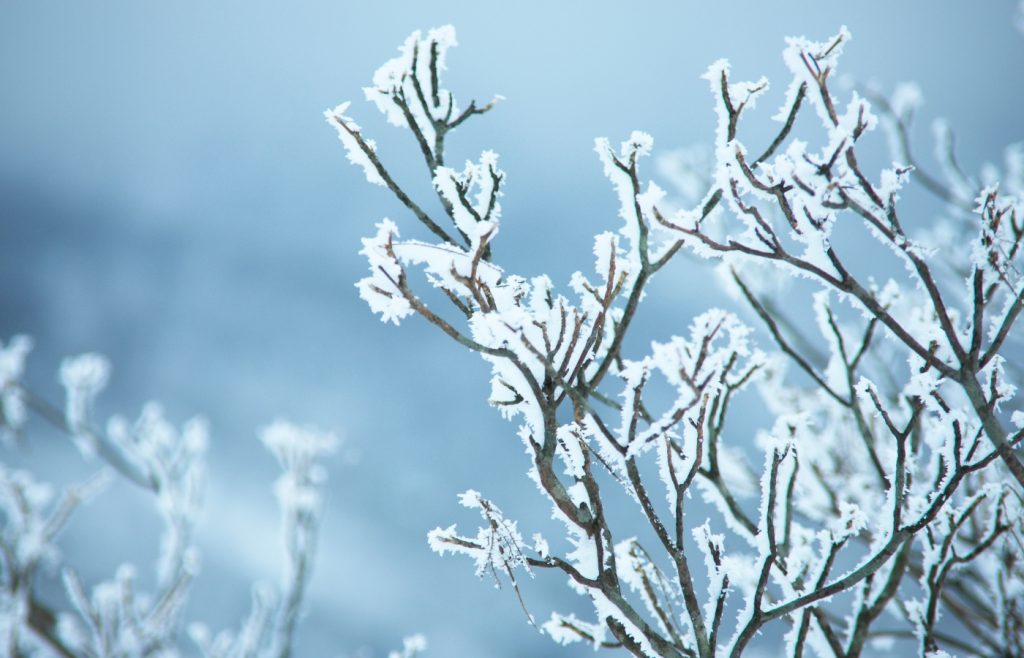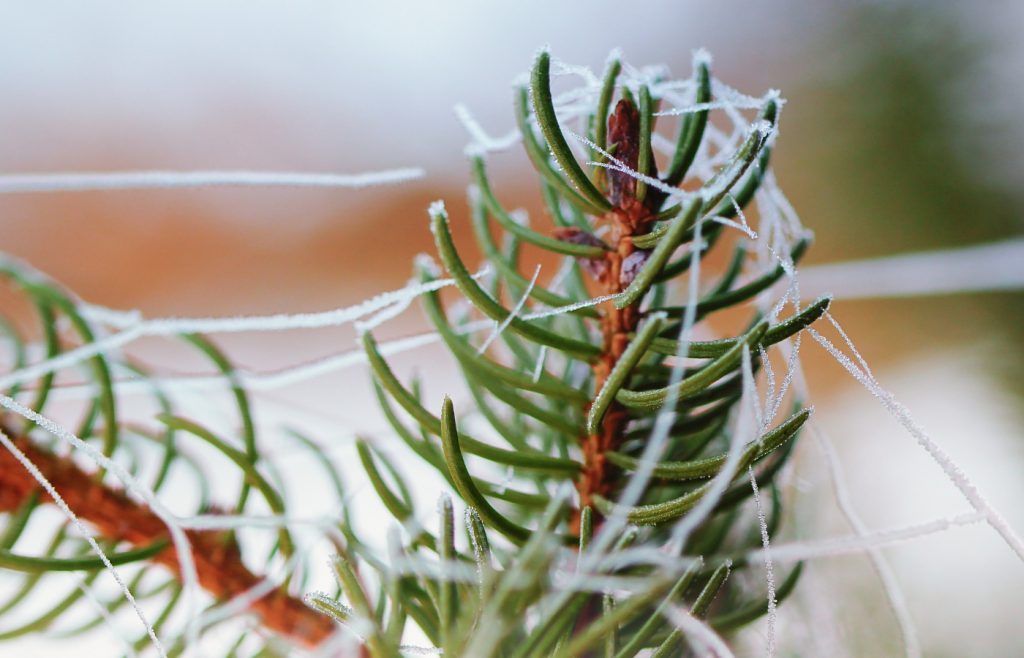Protecting potted plants during winter is essential for ensuring their well-being, quality, and sometimes their survival. Depending on their nature—whether they are hardy, semi-hardy, or frost-sensitive—each plant has a different level of resistance to cold temperatures.
Thus, it is often necessary to decide between keeping them outside with appropriate protections or moving them to a more sheltered location such as a greenhouse, a veranda, or a laundry room. This article will guide you in choosing the most suitable wintering method for your plants.
Understanding Plant Wintering
Not all plants respond the same way to falling temperatures. Some are quite resistant to cold, while others cannot cope with it. Some of these plants can tolerate dry cold, yet struggle with humidity or biting winds.
As winter approaches, it is crucial to assess the situation based on the climate of your region and take necessary measures to protect your plants. This may include various protections or storing them in an indoor space like a greenhouse or a laundry room.

Keep in mind that a plant’s characteristics can vary significantly depending on whether it is grown in the ground or in a pot. In fact, a potted plant is generally more vulnerable to cold, as temperatures can reach it not only from the top but also through the walls of the container. The material of the pot also plays a crucial role in this dynamic.
For example, wood pots offer excellent insulation against frost, while plastic or resin pots have limited resistance but maintain their appearance. However, terracotta, although aesthetically pleasing, can crack during freezing periods, making it necessary to put in place a “coat” of protection.
Protecting Pots in the Garden and on the Balcony
If your pots are too heavy or bulky to move indoors, or if you don’t have available space to store them, several alternatives exist to protect them from the first frosts.
One effective solution is to elevate the pots by placing them on supports or stones, thus avoiding direct contact with the cold ground. This helps reduce the impact of frost on the roots.
You can also use insulating materials to wrap the pots. Burlap, blankets, or even bubble wrap can serve to create a thermal barrier. Ensure that these protections allow for air circulation to prevent moisture buildup, which could be detrimental to the plants.
Consider grouping your pots together, as this creates a microclimate and maximizes protection against the cold.
Storing Plants When Possible and Necessary
For plants that require more protection, storing them indoors is often the best option. If you have a greenhouse or a veranda, it is the ideal place to keep your potted plants.
This type of space offers a more moderate temperature while protecting your plants from the elements. Ensure that the chosen spot receives good natural light because, even in winter, plants need light to survive.
If you do not have access to a greenhouse, a well-lit laundry room or garage can also work. It is essential to monitor the temperature and humidity conditions in these spaces to avoid any unnecessary stress on your plants. Proper maintenance, like moderate watering, is crucial since the water needs of your plants often decrease during winter.

Wintering Appropriate for Each Type of Plant
The choice of wintering method will primarily depend on the nature of each plant. Hardy species can generally remain outdoors, provided they receive minimal protection.
Conversely, semi-hardy or frost-sensitive plants require more attentive care to ensure their survival through winter. For the latter, indoor storage is often essential.
It is therefore wise to be aware of the specific requirements of each plant you own. Here are some tips for common types of plants:
- Succulents: They prefer a dry and bright environment, so store them in a well-lit location.
- Summer flowers: Many can be stored indoors to avoid frost.
- Shrubs: Hardy varieties can stay outside, but some protection against frost will be beneficial.
By following these tips, you will be able to prepare your plants for winter and ensure their health and bloom for the next season. Protecting your potted plants should not be a source of stress but rather an opportunity to provide them with the best environment possible to survive the harshness of winter.

